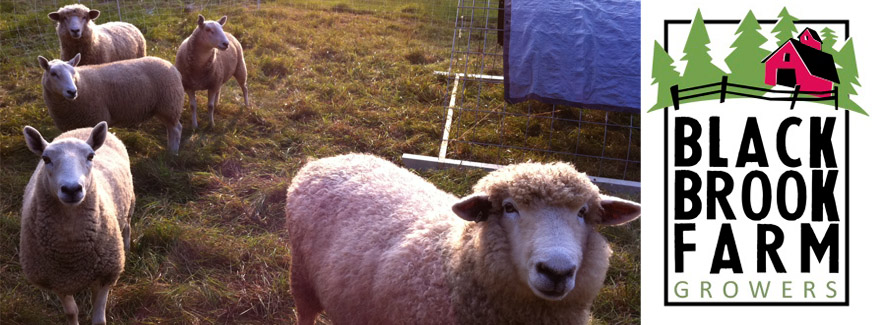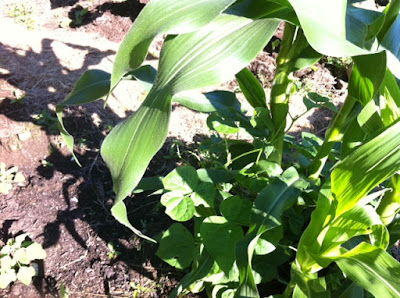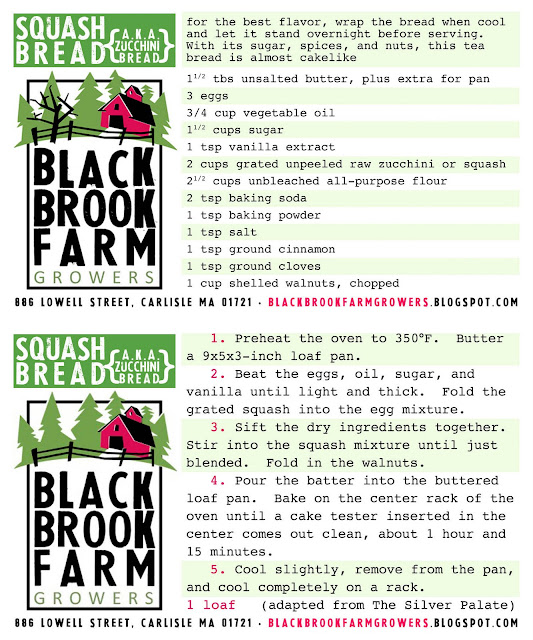Well the leaves are finally turning colors, even though the temperature is staying warm. Meanwhile, the garden continues to produce a impressive amount. Our tomatoes, summer squash and cucumbers may have long since been composted, but eggplants and peppers are still going strong and we have more than enough beets, carrots and turnips to go around. The last Carlisle Summer Farmer's Market is tomorrow, and Mom and I have been harvesting all day.
We also have tons of greens that are enjoying to cooler weather: lettuce, pak choy, kale, swiss chard, cabbage, collard greens, arugula, the list goes on. In order to extend our greens season, we bought a Quick Hoop High Tunnel Bender from Johnny's Selected Seeds website and erected a very rudimentary hoop house.
Basically, the hoop house is just fence rails bent to the same curve and then bolted together to form a half circle. They are then inserted into shorter, wider sections of pipe that are hammered into the ground. One last rail along the top of the hoops provides stability.
Next week we are planning on installing the plastic over the top, which will then be lashed to the frame with parachute cord. With this added cover, we are hoping to keep growing greens well into the winter.
Look forward to the thrilling conclusion to this fencing story in a couple of weeks...
 |
| Brussel sprouts, leeks, carrots and beets |
We also have tons of greens that are enjoying to cooler weather: lettuce, pak choy, kale, swiss chard, cabbage, collard greens, arugula, the list goes on. In order to extend our greens season, we bought a Quick Hoop High Tunnel Bender from Johnny's Selected Seeds website and erected a very rudimentary hoop house.
 |
| Dave bolting two bent pipes together |
 |
| The first hoop |
Basically, the hoop house is just fence rails bent to the same curve and then bolted together to form a half circle. They are then inserted into shorter, wider sections of pipe that are hammered into the ground. One last rail along the top of the hoops provides stability.
 |
All the winter squash has been harvested from the second field and put them into the greenhouse to dry and cure. Now that the second field has been completely harvested, we're getting ready to till it next week. We're planning on expanding it out towards the pig a bit to give ourselves a bit more room for next year.
We went up to the Common Ground Fair in Unity, Maine a couple weeks ago (a really good time for anyone interested in local food, rural living and/or homesteading). The fair, aside from having craft and food tents as far as the eye can see, also includes a lot of workshops. We took the opportunity to learn a little bit more about sheep care and lambing, and I bought a drop spindle so I could start practicing spinning wool. It's not easy.
Our five ewes are settling in nicely. In preparation for the ram that's coming in the end of November, we have plans to fence in the front pasture - and are in the midst of trying to find the cheapest, easiest and most effective way to accomplish this goal. We were cautioned not to try to keep a ram behind flimsy, temporary electric fence, and anyway we need to create a permanent pasture for our pregnant ewes to live in all winter (since the portable electric fence is also too flimsy to stand up to snow).
 |
| The front pasture |
As well as an update on our pigs...
And my thoughts on how wonderful CSAs are...
All coming soon.
But until then...
Happy Fall!














































